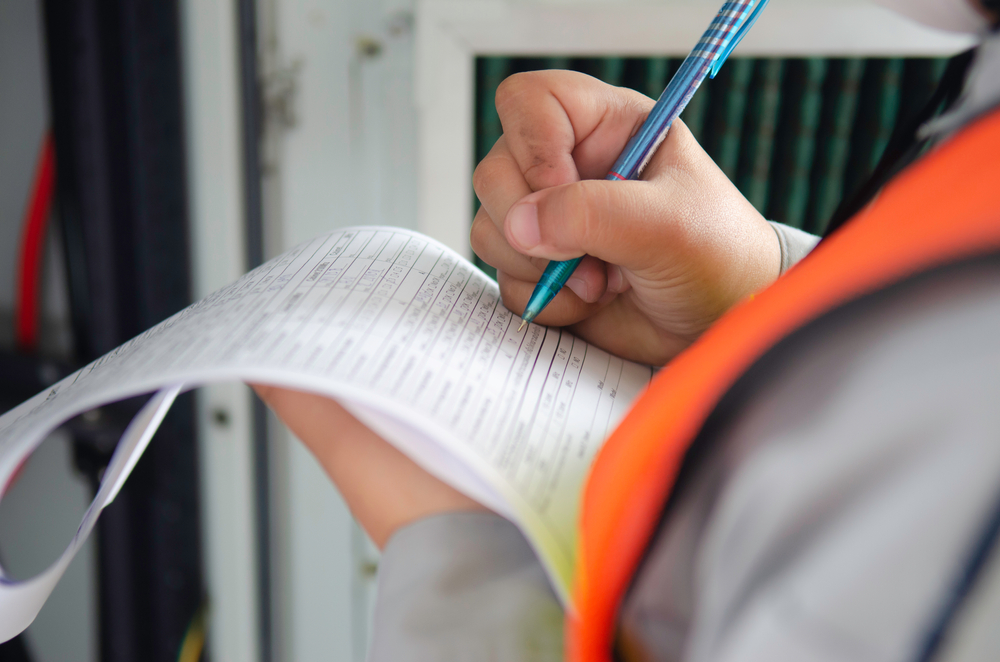Systems engineering is at the heart of every aerospace project, from commercial airliners to cutting-edge military aircraft and space exploration systems. This multidisciplinary approach ensures that all project components work seamlessly together.
A systems engineer plays a crucial role in this process, overseeing the design, integration and management of complex aerospace systems. Their expertise ensures that aircraft, satellites and defence technologies operate efficiently and safely throughout their lifecycle.
The Role of a Systems Engineer in Aerospace
Systems engineers bridge the gap between different engineering disciplines, ensuring that all elements of an aerospace project, whether mechanical, electrical or software-related, function cohesively. They focus on:
Requirements Analysis & Management
A systems engineer gathers and defines requirements before an aircraft or aerospace system is built. This involves:
- Understanding customer needs and regulatory standards
- Developing specifications for performance, safety and reliability
- Ensuring compliance with industry regulations, such as those set by the European Union Aviation Safety Agency (EASA) and the Federal Aviation Administration (FAA)


System Design & Architecture
Once the requirements are established, systems engineers develop a system architecture, a blueprint detailing how various subsystems interact. This stage includes:
- Defining system components and their interconnections
- Selecting technologies that align with performance goals
- Ensuring the design meets safety, reliability and efficiency standards
Integration & Testing
Aerospace systems comprise numerous interconnected subsystems, such as avionics, propulsion and control systems. Systems engineers oversee the integration of these components, ensuring they work together without conflicts. Their tasks include:
- Conducting simulations and prototype testing
- Identifying and resolving compatibility issues
- Validating system performance through rigorous testing
Risk Management & Reliability Assurance
Safety is paramount in aerospace engineering. Systems engineers identify potential risks and develop strategies to mitigate them. This involves:
- Conducting failure mode and effects analysis (FMEA)
- Implementing redundancy and fail-safe mechanisms
- Ensuring compliance with safety standards, such as DO-178C, for software reliability in avionics
Lifecycle Management & Maintenance Planning
Aerospace systems must perform reliably over decades. Systems engineers develop strategies for:
- Predictive maintenance to prevent unexpected failures
- Software and hardware upgrades to improve performance
- End-of-life disposal or repurposing of aerospace components


Applications of Systems Engineering in Aerospace
Systems engineering is vital in various aerospace domains, including:
1. Commercial Aviation
From designing next-generation airliners to improving fuel efficiency, systems engineers contribute to making flights safer, quieter and more sustainable. They work on:
- Avionics and flight control systems
- Environmental control systems for passenger comfort
- Structural integrity and aerodynamics
2. Military & Defence Aviation
In the defence sector, systems engineers develop advanced technologies for fighter jets, drones and surveillance aircraft. Their role involves:
- Designing mission-critical systems with high resilience
- Enhancing stealth and electronic warfare capabilities
- Integrating AI and autonomous functions for modern combat aircraft
Space Exploration & Satellites
Space missions require extreme precision and reliability. Systems engineers work on:
- Designing spacecraft that withstand harsh space environments
- Ensuring seamless communication between ground stations and satellites
- Developing propulsion and guidance systems for deep-space missions
The Future of Systems Engineering in Aerospace
As technology evolves, systems engineering in aerospace is adapting to new challenges. Some emerging trends include:
- Digital Twin Technology: Using real-time digital models to predict system performance and optimise maintenance
- Artificial Intelligence (AI): Enhancing automation in aircraft design and operations
- Sustainable Aviation: Developing hybrid-electric and hydrogen-powered aircraft to reduce carbon emissions
- Space Exploration Advances: Enabling Mars missions and lunar habitats through cutting-edge systems integration
Find out more about Morson Projects’ Aerospace & Defence Capability here >